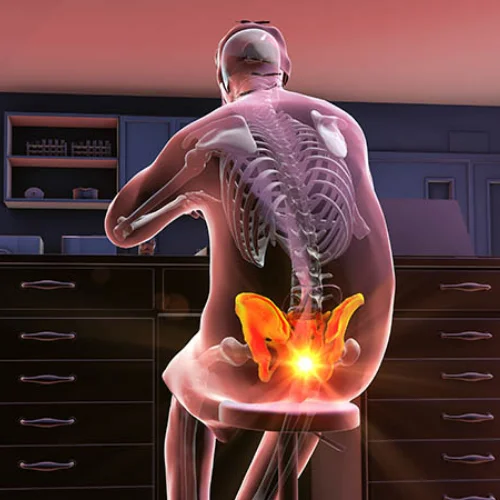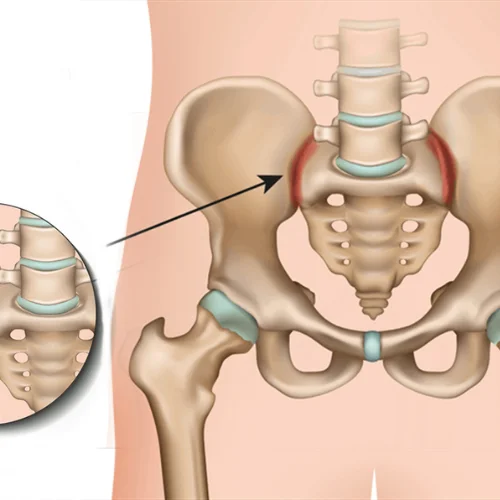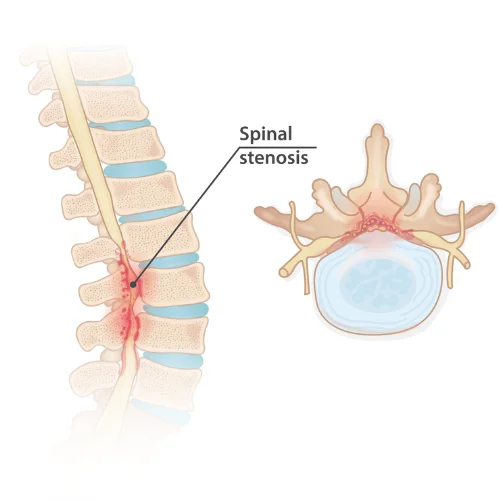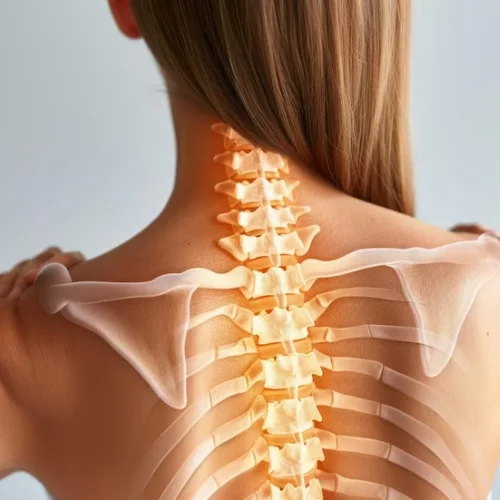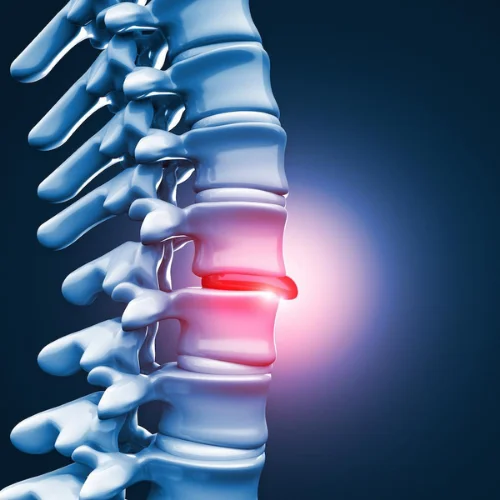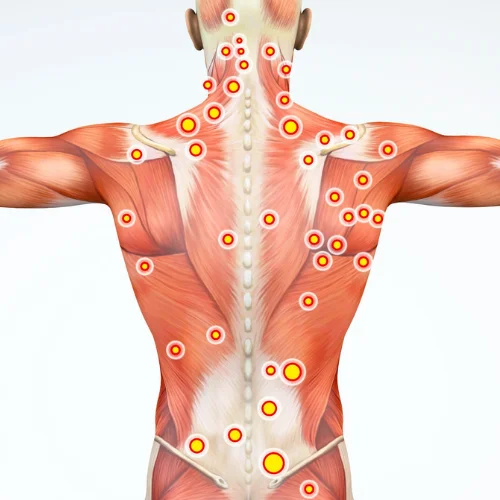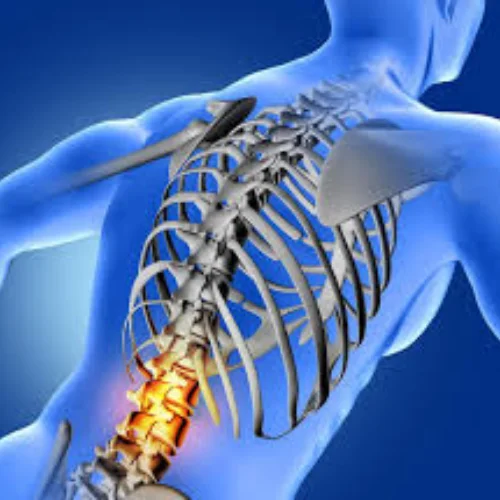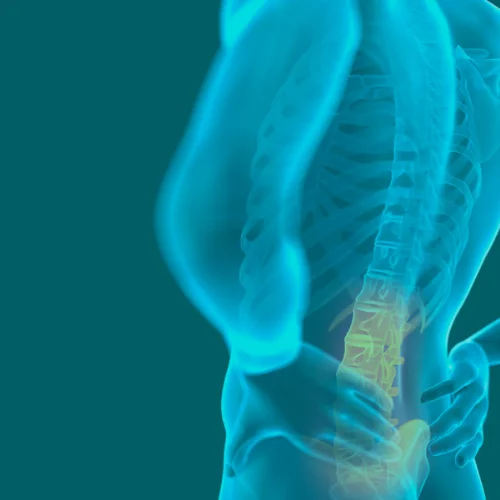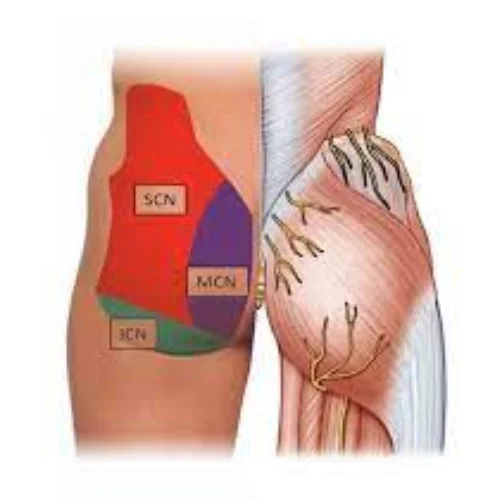Working Time
Working Time
Book Appointment
Book Appointment
+
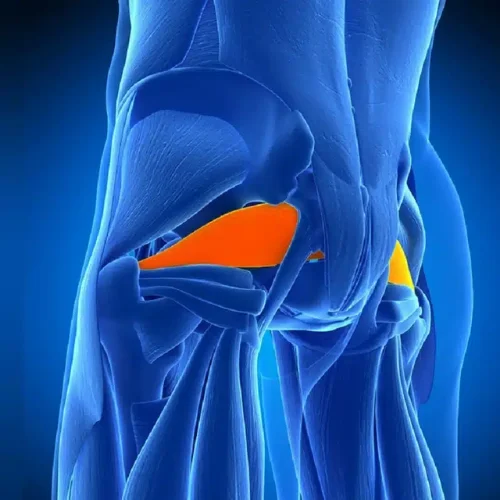
Piriformis Syndrome: Comprehensive Guide to Symptoms, Causes, and Treatment
Piriformis syndrome, often referred to as wallet neuritis or deep gluteal syndrome, is a condition that irritates the sciatic nerve, mimicking the symptoms of true sciatica. It shows a significant prevalence in women, with a ratio of 6:1 compared to men. This guide provides an in-depth look at piriformis syndrome, including its symptoms, causes, and available treatment options.Understanding Piriformis Syndrome
Piriformis syndrome occurs when the sciatic nerve is irritated or compressed by the piriformis muscle, located in the deep buttock area, unlike spinal issues such as herniated discs or spinal stenosis that cause similar symptoms. The piriformis muscle, stretching from the sacrum to the top of the femur, plays a crucial role in the lateral movement of the thigh. Muscle spasms in this area can exert pressure on the sciatic nerve, leading to the symptoms of piriformis syndrome.Causes of Piriformis Syndrome
The development of piriformis syndrome can be attributed to a variety of factors, including:- Piriformis Syndrome Causes:
- Direct trauma to the buttock area
- Post-surgical injuries that impact the piriformis muscle
- Joint pathologies that affect muscle function
- Overuse injuries from repetitive motions
- Hematoma formation and swelling within the muscle
- Activities that strain the muscle, such as prolonged sitting with a wallet in the back pocket or exercising on hard surfaces
Symptoms of Piriformis Syndrome
Individuals with piriformis syndrome may experience a range of symptoms, such as:- Sciatica-like radiating pain from the buttocks down the back of the leg to the outer border of the foot
- Dull, achy pain in the buttock area
- Tingling and numbness in the affected leg
- Difficulty and pain when sitting, often with a preference for elevating the affected buttock to relieve pressure
Treatment Options for Piriformis Syndrome
The treatment for piriformis syndrome typically begins with conservative measures, including rest, the use of NSAIDs for pain management, and muscle relaxants. Physical therapy is a cornerstone of treatment, with specific exercises aimed at resolving the condition for many patients.Advanced Treatment Modalities
For cases that do not respond to initial treatment strategies, more advanced options are available: Ultrasound (USG) or X-Ray guided injections of local anesthetics and corticosteroids to reduce inflammation and pain Botulinum toxin (BOTOX) injections to provide relief from muscle spasms through functional denervationExpert Pain Management with Dr. Tushar
If you're struggling with the debilitating symptoms of piriformis syndrome, Dr. Tushar offers expert pain management and personalized care to help you regain control over your life. Book your appointment today to embrace a future free from pain.Conditions



